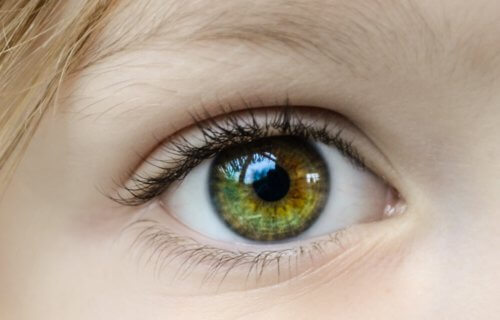BALTIMORE — Nature has many examples of animals who can regrow lost limbs. Could it be possible for humans to one day regrow damaged eye cells? Researchers at Johns Hopkins Medicine say they have found genes in several mammals, including humans, which can help the body regenerate eye neurons.
The authors say the one thing scientists must learn is how to turn these genes on.
Neuroscience professor Seth Blackshaw and his team are working with birds, fish, and mice, examining how animals with similar genetic makeups react to the same problems. Their study reveals some animals still have a natural capacity to regrow specialized brain cells, but the ability has been “switched off.”
In the case of zebrafish however, researchers found their genetic pathways allow them to regrow cells in the retina and undo traumatic eye injuries. These small freshwater fish are extremely similar to humans on a molecular, genetic, and cellular level. Blackshaw says this makes them very useful to scientists studying vertebrates, animals which have backbones. The professor adds this may help geneticists create a way to grow new eye cells in patients suffering from hereditary blindness and other diseases.
“Our research overall indicates that the potential for regeneration is there in mammals, including humans, but some evolutionary pressure has turned it off,” Blackshaw explains in a university release. “In fact, regeneration seems to be the default status, and the loss of that ability happened at multiple points on the evolutionary tree.”
Flipping the regeneration switch
The study focused on the supportive cells in the back of the eye called Müller glia. Researchers examined how these cells in the zebrafish respond to trouble in the light-sensitive retina. Specifically, they looked at how Müller glia helped to grow new neurons in the central nervous system.
Blackshaw says zebrafish can actually regenerate cells in other body parts like the fins, tail, and internal organs. The study singles out the retina because this area is very comparable across different species.
In their experiments, study authors created retinal damage in zebrafish, chickens, and mice. The team then used high-powered microscopes and gene mapping tools to watch the Müller glia cells respond to the injuries.
To their amazement, researchers say cells in all three species immediately begin to react the same way. The Müller glia enter an “active state” which saw them turning on specific genes to control inflammation. This reaction primarily helps to contain injuries by signaling the immune system to fight bacteria and clean broken tissue.
After this however, the reactions of the three species went off in very different directions. For zebrafish, active Müller glia began switching on several factors that control which genes are “on” or “off” in the body. By flipping these switches, the cells actually began going back in time to a more primitive state. This allowed Müller glia to evolve into new cells and replace the damaged or lost ones.
Chicken and mice, on the other hand, only activate some of these “gene control switches” but never reach the level it takes to make new neurons in the eye.
Why does evolution switch some genes off?
The study reveals that Müller glia in all three species also turn off the nuclear factor I (NFI) genes. In mice however, these genes quickly turn themselves back on and actively block support cells from making neurons.
Blackshaw’s team suspects mice, which are biologically very similar to humans, evolved to do this to protect the brain from disease and stabilize cells.
“For example, we know that certain viruses, bacteria and even parasites can infect the brain. It could be disastrous if infected brain cells were allowed to grow and spread the infection through the nervous system,” the professor explains.
Although evolution has turned these abilities off, the same genes which help zebrafish regrow eye cells are “primed and ready to go” in the mouse eye too. Researchers say this new information on which genes are ready to regrow cells can help scientists activate these hidden talents in humans.
The study appears in the journal Science.
Like studies? Follow us on Facebook!

I pray one day your work will be fully realize. This will help so many people; myself as well. I surely hope this will happen one day.